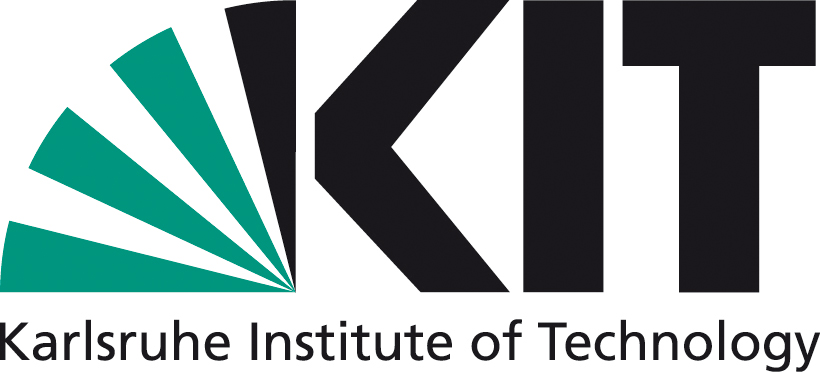Of Online Platforms and Medieval Markets
Equilibrium Models and Agent-Based Modeling of Two-Sided Markets
DOI:
https://doi.org/10.14512/tatup.26.3.23Keywords:
two-sided markets, network externalities, agent-based computational economics, heuristic decision making, reinforcement learningAbstract
Platform-based interactions are much more important in today’s increasingly digitalized and interconnected economic systems than they used to be in traditional ones. These interactions refer to markets where two or more user groups interact with the help of a third party, the platform. In such two-sided markets, the interaction is controlled by the platform provider. Common examples include credit card systems, software markets, and advertisement-financed online communities. As the analysis of two-sided markets largely defies modeling with equilibrium models due to the algebraic structure of the problem, the present contribution proposes an agent-based model as an alternative. It refers to a recently published article that discusses the agent-based model in more detail. Several examples illustrate the implications of the agentbased modeling approach for innovation economics and the study of technological development in particular.
References
Bingham, Christopher; Eisenhardt, Kathleen (2011): Rational Heuristics: The „Simple Rules“ that Strategists Learn from Process Experience. In: Strategic Management Journal 32 (13), S. 1437–1464. DOI: https://doi.org/10.1002/smj.965
Boerner, Lars; Quint, Daniel (2010): Medieval Matching Markets. In: School of Business & Economics. Discussion Paper. Berlin: Freie Universität Berlin. DOI: https://doi.org/10.2139/ssrn.1727700
Eisenmann, Thomas; Parker, Geoffrey; van Alstyne, Marshall (2011): Platform Envelopment. In: Strategic Management Journal 32 (12), S. 1270–1285. DOI: https://doi.org/10.1002/smj.935
Heinrich, Torsten; Gräbner, Claudius (2017): Beyond Equilibrium: Revisiting Two-Sided Markets from an Agent-Based Modelling Perspective. In: International Journal of Computational Economics and Econometrics. Im Druck.
Hoffmann, Birte; Roos, Michael (2012): Agentenbasierte Modelle in der Makroökonomik. Potenziale und Probleme. In: Martin Held, Gisela Kubon-Gilke und Richard Sturn (Hg.): Jahrbuch Normative und Institutionelle Grundfragen der Ökonomik. Marburg: Metropolis, S. 213–233.
Lehtinen, Aki; Kuorikoski, Jaako (2007): Computing the Perfect Model: Why Do Economists Shun Simulation? In: Philosophy of Science 74 (3), S. 304–329. DOI: https://doi.org/10.1086/522359
Meyer, Tobias Georg (2012): Path Dependence in Two-Sided Markets. Promotionsschrift. Berlin: Freie Universität Berlin.
Peitz, Martin; Rady, Sven; Trepper, Piers (2011): Experimentation in Two-Sided Markets. In: CEPR Discussion Paper DP8670. London: Centre for Economic Policy Research. DOI: https://doi.org/10.2139/ssrn.1959779
Rochet, Jean-Charles; Tirole, Jean (2006): Two-Sided Markets: A Progress Report. In: The RAND Journal of Economics 37 (3), S. 645–667. DOI: https://doi.org/10.1111/j.1756-2171.2006.tb00036.x
Downloads
Published
How to Cite
Issue
Section
License
Copyright (c) 2017 Claudius Gräbner, Torsten Heinrich

This work is licensed under a Creative Commons Attribution 4.0 International License.








